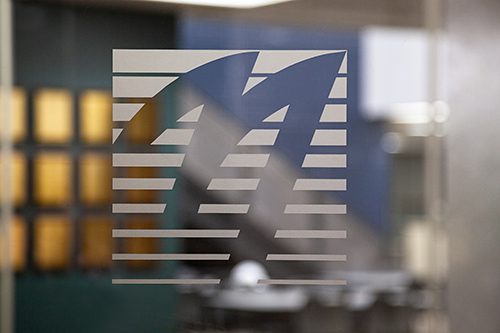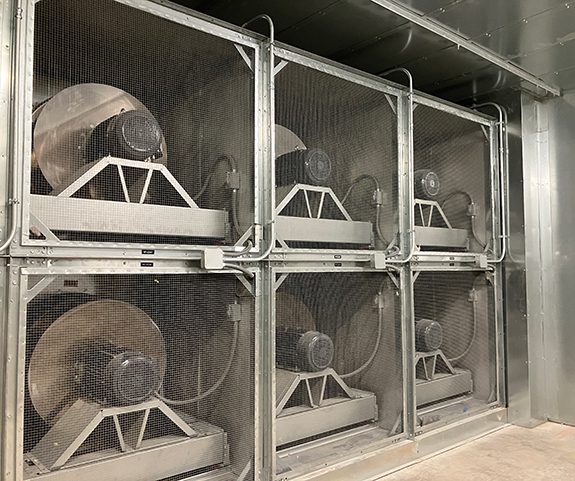GBA is occasionally asked about the potential impact of upcoming phase-downs of some common HFC refrigerants, including R410A.
In 1988, the U.S. Senate unanimously ratified the Montreal Protocol, which led to a phase out of CFC refrigerants responsible for damage to the ozone layer. In 2022, the Senate voted 69-27 to ratify the Kigali Amendment to the Montreal Protocol. This amendment reduces production of certain refrigerants that are especially potent greenhouse gases.
Between 2022 and 2050, the gradual phase-down of these HFC refrigerants is projected to offset the equivalent of 4.6 billion metric tons of CO2: equal to approximately three years of U.S. power-sector emissions at 2019 levels. The chart at the left shows the planned reduction in high global warming potential (GWP) refrigerants vs. the baseline.
Common refrigerant GWP values can be found at the link: https://ww2.arb.ca.gov/resources/documents/high-gwp-refrigerants.
In October 2023, the U.S. Environmental Protection Agency released its technology transitions final rule, which clarifies the transition to low-GWP refrigerants. Manufacturers will not be allowed to use high-GWP refrigerants (including R410A) in most residential and light commercial HVAC equipment, including chillers for comfort cooling, after Jan. 1, 2025. Remaining stocks of most types of manufactured equipment may be sold for up to three years after that date.
This ruling does not prevent use or repair of an existing system, and repair parts for existing systems may continue to be manufactured and sold. However, production of the associated high-GWP refrigerants will be reduced.
Replacement refrigerants for the common high-GWP HFCs, such as R410A, have been deployed for several years in Europe. The replacement refrigerants are efficient and are generally similar in performance to existing refrigerants, but they are mildly flammable (classified as A2L.) Building codes will need to be adapted to accommodate this limitation during the transition.
In general, the new refrigerants will not be drop-in replacements for existing refrigerants. Existing equipment, and new equipment installed before the new A2L refrigerants are available, will need to be maintained with the original refrigerants. Upcoming EPA rules are expected to increase reclamation of existing refrigerants to avoid shortages during the projected life of currently installed equipment.
We anticipate more clarity over the next year, as codes are updated and manufacturers start to deploy products with the new, low-GWP refrigerants. Contact us for additional details.
Author: Laurence Steiner, PE, LEED AP, Associate Vice President, GBA Wisconsin



